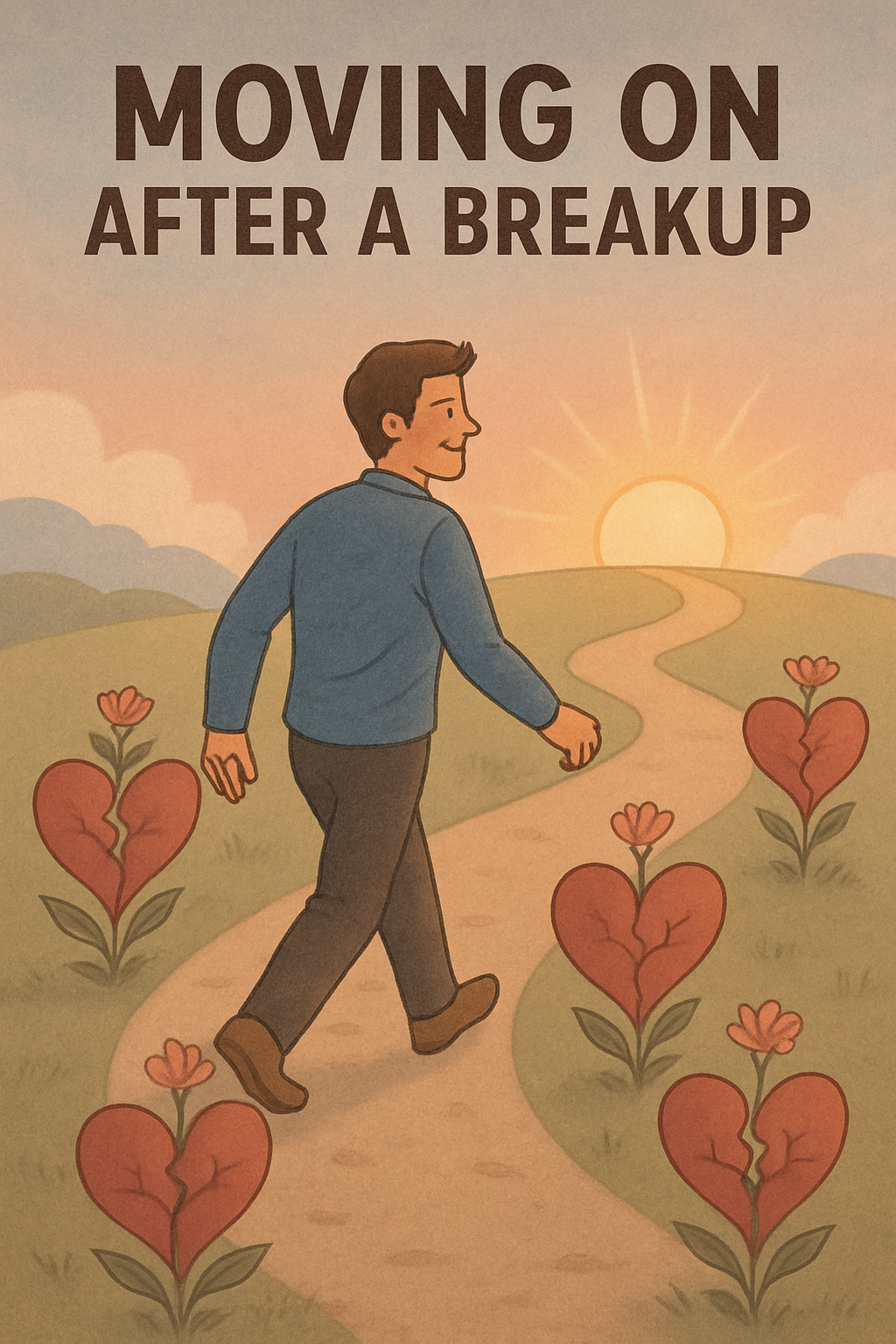It is important to recognise that creating narratives in your mind about what happened—why your partner left, what they did, what they “should” be doing now—will not change them or what they have chosen to do. No amount of anger, frustration, or mental rumination changes the reality of the situation. And yet, so many get stuck in this cycle: thinking that if they could just find the right perspective, the right argument, the right “truth,” somehow the outcome will shift. But the truth is—what has happened has happened. The separation has occurred. They have made their choices. And trying to mentally control or rewrite reality is, in many ways, an avoidance of accepting what is.
Trying to control reality, or endlessly analysing it in your mind, is often an inability to fully feel the emotions you are carrying. You see, all of us act and do not act based on how those actions will make us feel. We are wired to do what feels good and avoid what feels painful. But avoidance of emotions is not the key to healing. What is powerful is developing the capacity to sit in the discomfort—to feel grief, anger, sadness—and still continue forward in life. This is emotional strength: knowing that you can take positive action even when you are in pain. Strong emotions do not actually stop us from taking those actions—we choose whether or not to let them. You can still make progress, grow, and build a new life even while carrying difficult emotions.
M. Scott Peck writes about this beautifully in The Road Less Travelled. He explains that the actions of love can still be given to another, even when the giver feels no love towards the recipient. In other words: love is not only a feeling; it is an action. If we offer acts of kindness, care, or stability to another person—whether or not we feel love inside us in that moment—the recipient still benefits from those actions and experiences them as love. The same is true of personal growth: your actions towards your own healing and future are only controlled by emotions if you choose to give those emotions the power to control you. You can act for your own wellbeing, for your child’s wellbeing, and for your future—even while grieving, hurting, or angry.
Consider also the example of a man I once knew—a builder who had spent years in a toxic relationship with his former wife. After the separation, he underwent surgeries for several injuries. The surgeries were successful—physically there was no reason he couldn’t return to work. And yet, he continued to experience pain. It wasn’t the physical work itself that caused the pain. It was the fact that his building work had been so tightly linked to the emotional toxicity of the relationship. The work itself had become emotionally charged—it reminded him of the pain and trauma, and his body responded with real, felt discomfort. It was not the work, but what the work represented.
This is how our mind and emotions can trap us—linking pain to the wrong things, keeping us stuck when we could be moving forward. But with awareness and practice, you can begin to unhook those links, sit in the discomfort, and take new action anyway. You are not your emotions. You are the one choosing how you act despite them. And in that choice lies freedom.
If we begin to look at any problem in life and ask: “What do I actually want from solving this problem?” we shift our focus in a powerful way. Instead of staying stuck in blame, resentment, or avoidance, we start to create a path forward. Asking this question helps us move out of the past and into action—it forces us to clarify our desired outcome, and more importantly, what we must do to achieve it.
When we remain in a blame or avoidance mindset, we rarely ask what we actually want. We stay trapped in replaying the past, in imagining worst-case scenarios, or in trying to justify our pain. But when we ask: “What do I want my life to look like now?” or “What do I want to build for my future, and for my children?”, our attention shifts toward positive possibilities. From there, we can begin identifying the actions we need to take—and when we can align those actions with our higher values, it becomes easier to take them willingly. We are no longer forcing ourselves through resistance; we are acting in alignment with the person we want to become.
This is how true change happens—not by trying to “force” better behaviour while still trapped in negativity, but by shifting our beliefs and values to align with our goals. When we consciously choose values like integrity, responsibility, love, or courage—and we let those values guide our actions—our behaviours and character begin to change naturally. And as we move in this direction, our subconscious starts working with us, not against us.
We begin to notice opportunities, solutions, and resources that may have always been there, but were previously invisible—because when the mind is stuck in negativity, it blocks us from seeing options. The mind gives us what we focus on. If we look for blame, we will find blame. If we look for fear, we will find reasons to be afraid. But if we look for growth, for healing, for paths forward—we will begin to see those too.
And this is how lasting change happens: through values-led action, clear intention, and a mind that is finally open to seeing what is possible.
